Queen Elizabeth National Park
- Home
- Queen Elizabeth National Park
Queen Elizabeth National Park
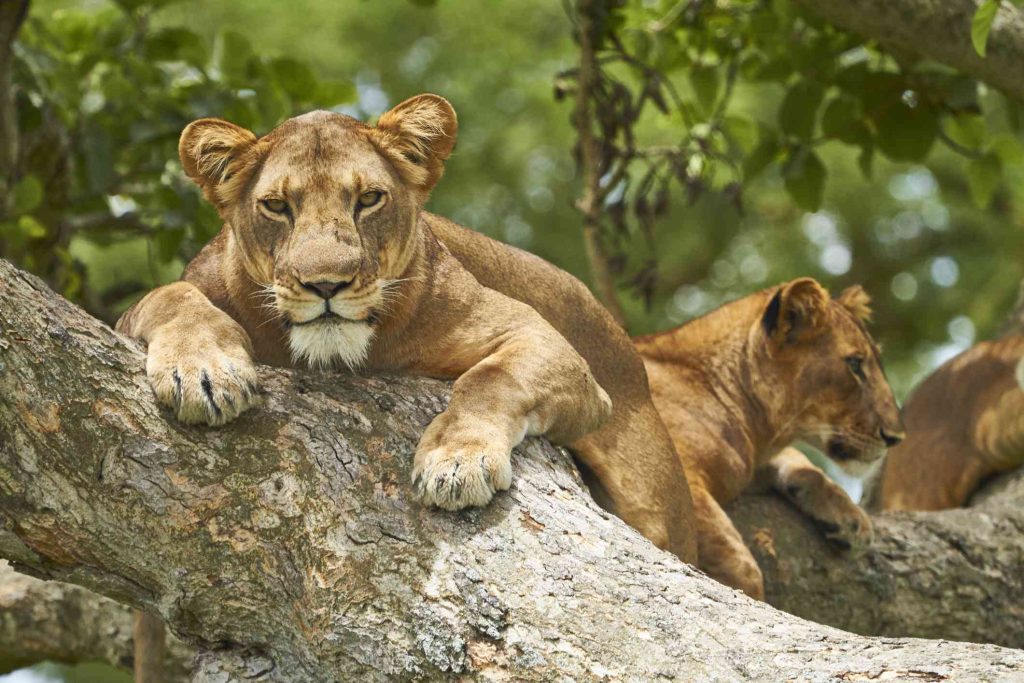
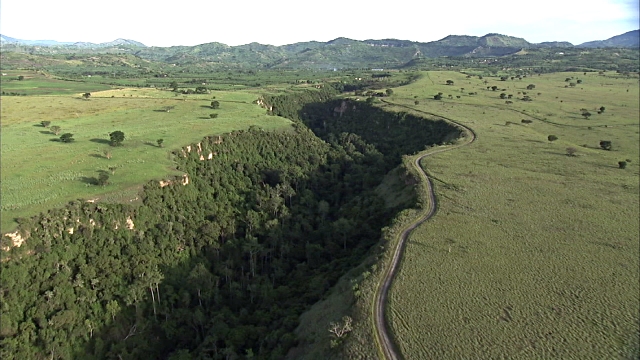
Queen Elizabeth National Park together with Murchison Falls National Park are the oldest parks in Uganda. In commemoration of Queen Elizabeth’s visit to Uganda in 1954, the park was named Queen Elizabeth National Park but before that it was Lake Edward and Lake George game reserves in the 1920s, later changed to Kazinga National Park by the British administration in 1952 when it was gazetted. The park is twinned with Queen Elizabeth Country Park in England in a Cultural Exchange with the main aim of promoting conservation through working together by the local communities
Queen Elizabeth National Park was formerly a grazing area for the indigenous African tribes – Basongora, but due to epidemics like sleeping sickness and rinderpest together with cattle raids, the tribe was forced to flee and emigrate from the area. It’s believed that the British administration was a part of this plan to have them flee the area and indeed they later forced the reaming people out of the area by torching their houses and cattle to create the Lake Edward and Lake George game reserves present-day Queen Elizabeth National Park.
Queen Elizabeth National Park covers the districts of Kasese, Kamwenge, Rubirizi, and Rukungiri in the western part of Uganda. Part of Kasese district is situated in the northeastern region of the park, Rubirizi in the southeast whereas the eastern part of the park adjoins with Kyambura game reserve, which is connected to Kigezi game reserve, and then Kibale National Park in the northeastern side. The Virunga National Park in the DRC and neighbors Queen Elizabeth National Park on its western side.
How to access?
The park is accessible by road and air transport, Kasese district is 400km from the capital Kampala. From Kampala, there are two routes one can use by road to reach the park – Kampala, Masaka via Mbarara town to Kasese or Kampala, Mityana through Mubende via Fort portal town to Kasese. This can be 6 to 8 hours’ drive on road.
One can also decide to take on a scheduled flight with private airlines from Entebbe International Airport or Kajjansi Airstrip to the nearby airstrips in Kasese like Mweya Airstrip which can take 1hr 15minutes. In Kasese is where the main entrance to the park known as Katungura is located.
Queen Elizabeth National Park is one of the most popular parks in Uganda and it is under the management of Uganda Wildlife Authority. It covers an estimated area of 1,978 square kilometers. The highest point sits at 1,350m and these are the Katwe explosion craters whereas its lowest point is at 910m at Lake Edward. Queen Elizabeth National Park has the most diverse ecosystem which includes sprawling savanna, shady, forests, lakes, and wetlands making it an ideal habitat for wildlife. The park’s biodiversity concentration includes ninety-five mammal species, ten primate species, twenty predators, and over six hundred bird species.
Queen Elizabeth National Park has several attractions; -
Tree Climbing Lions
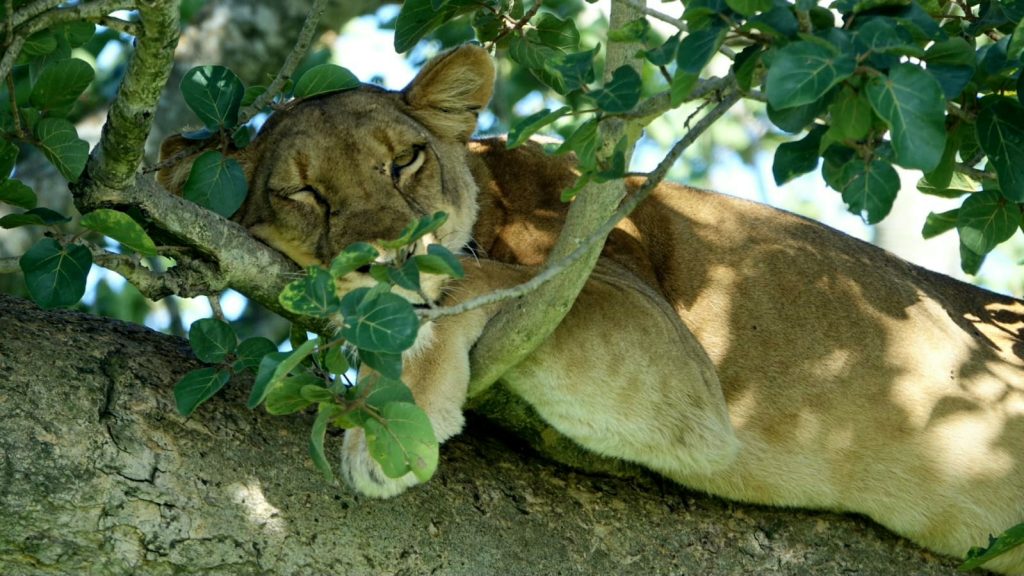
These are a few of the unique lions in the entire world and are in the Southern Ishasha sector of the park commonly seen in the figs and acacia trees. These are Tourist-pulling creatures as they are rare. These normally climb trees at sunrise and throughout the day but not in the night. They lazily hung on trees to take a break from the day’s hunt, digest their food as well as use this opportunity to have a view of their next hunt.
Kazinga Channel

This interconnects Lake Albert and Lake George, the Kazinga Channel is home to several wildlife that live in the water like the hippos, and crocodiles plus other animals like elephants that refresh from its waters. It offers a thrilling view of these creatures on the Kazinga boat ride. The channel is wide and about 32 km long.
Kasenyi Plains

These plains are home to very large antelopes and kobs. With the presence of such prey, predators like lions and leopards cannot be missed in these plains.
Kalinzu Forest

Queen Elizabeth National Park is also well known for chimpanzee tracking and this can be done in Kalinzu forest and it’s a rewarding experience for tourists as it can also be used for the guided nature walks.
The Kyambura Gorge

This is a deep forested valley about 100m deep that is known for its primates and is also used for chimpanzee tracking. It is in the eastern part of the park formed as result of the disorderly flow of River Kyambura waters. It is also a habitant for bird species like the flamingos hence suitable for birding and nature walks.
Mweya Peninsular
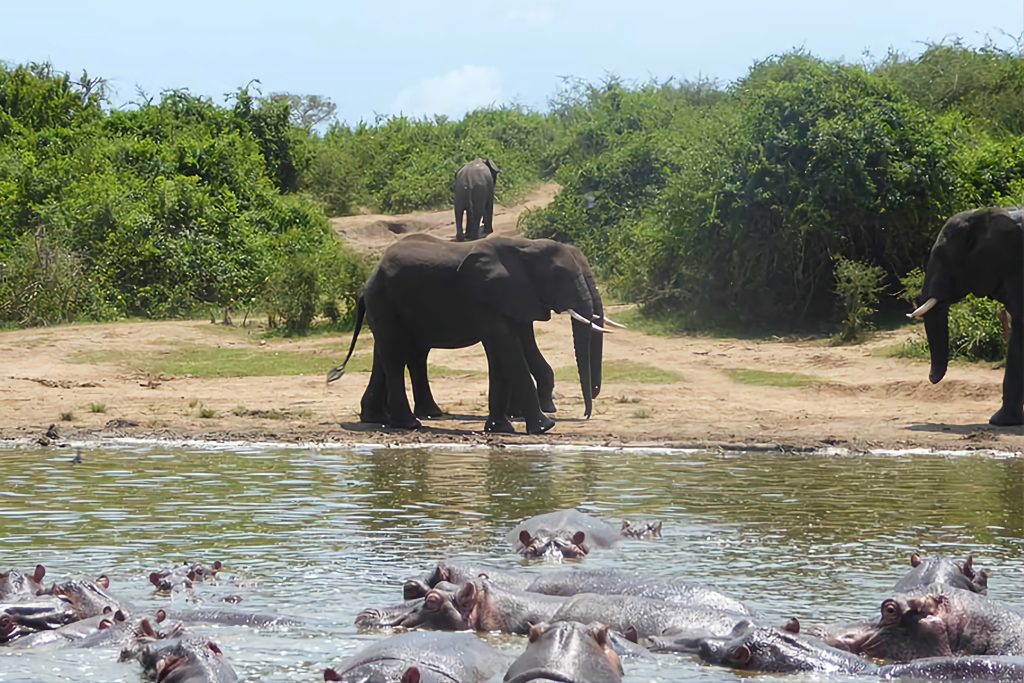
This stretch of land that extends into Lake Edward and it is perfect for game drives as it interconnects many game tracks in the park. It is covered by Chucky grass and dense vegetation and has several game tracks.
The Katwe Explosion Crater Lakes
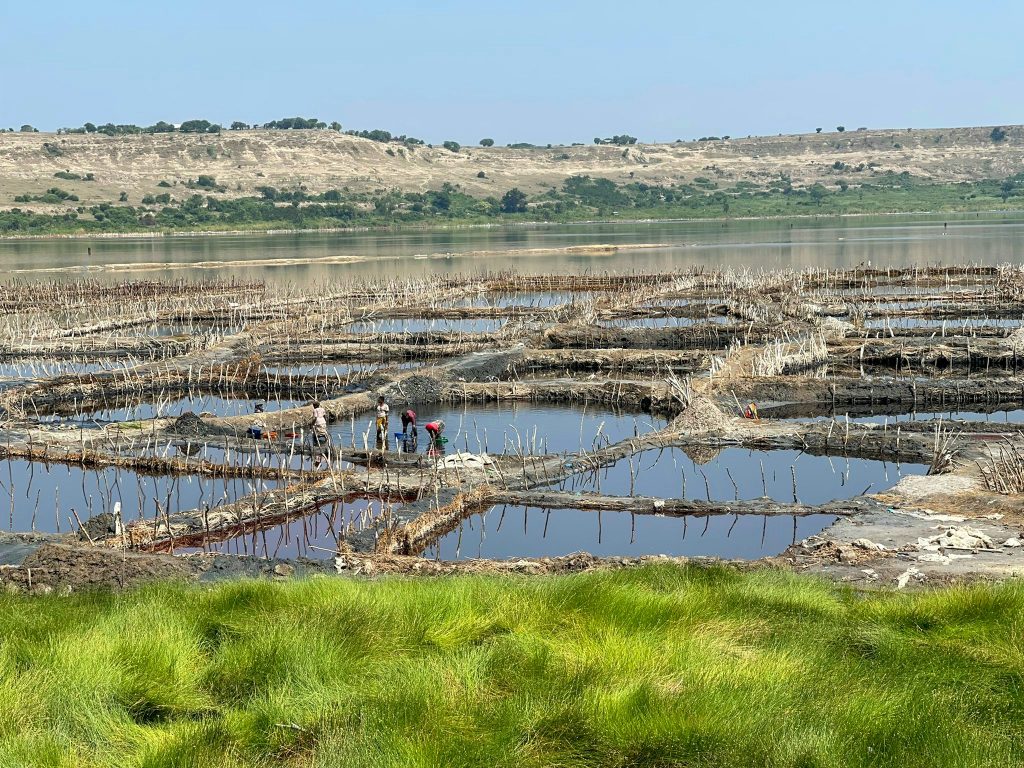
These lakes are found in the northern part of Mweya Peninsular at the highest elevation of the park. These can be visitors by the tourists who get a chance to enjoy beautiful views of the Rwenzori Mountain ranges and the rift valley.
All in all, Queen Elizabeth National Park offers a variety of scenery and attractions compared to the other parks in Uganda and so it’s one of the favorite tourist places in the country. The best time to visit the park is during the dry season December to February and June to September. The wet season offers a good birding experience (March to April and September to November).
Tourists can be less worried about accommodation facilities, as there is a wide range of lodges, campsites, hotels, and tented camps that can be booked in advance, either through tour operators and individually.
